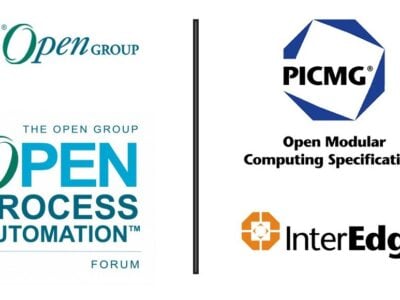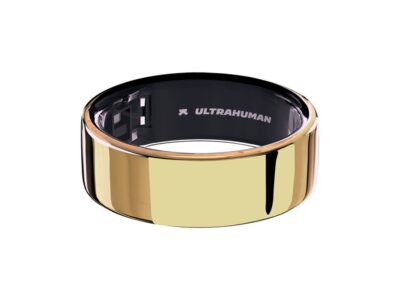25th anniversary of flash memory sees 2.7ZB of data
Companies such as SanDisk have increased the capacity of flash memory by 30,000 times while decreasing its cost by 50,000 times over the past two decades. SanDisk’s first product, a 20 megabyte solid state drive (SSD), sold for $1,000 in 1991 but would cost only two cents today. This has driven the wide adoption of flash memory and enabled the smart digital lifestyle of anywhere, anytime access to digital content. Flash memory fuels the three forces behind this trend – mobile computing, pervasive connectivity and the proliferation of digital content.
“We started SanDisk in 1988 with the belief that flash memory would enable entire industries and enrich the lives of billions of people,” said Sanjay Mehrotra, president, chief executive officer and co-founder of SanDisk. “Demand for flash is greater than ever, and it’s an exciting time to lead an industry that holds such tremendous potential for the future.”
“Fifty years from now, people will look back and realize that flash memory was one of the most important technology advances of our time,” said Tim Bajarin, analyst and futurist, Creative Strategies. “For companies around the world, flash memory has revolutionized their business from how they design products to how their customers use them.”
This year, individuals will create and consume 2.7 zettabytes (ZB) (2700Tbytes) of digital content such as movies, music, documents and other data, according to market researchers IDC. This represents 20 times the amount of digital content from 2005.
“Flash memory plays a crucial role in enabling the content boom due to its low cost, ease of use and widespread adoption by consumers and professionals,” said Mario Morales, vice president, semiconductors and EMS, IDC. “Whether it’s a tablet that lets consumers access information on the go or the server behind a social media site, flash memory enables many of today’s most popular applications.”
Within three years the universe of digital content will nearly triple to 8ZB, according to IDC. Servers are increasingly storing and distributing this massive amount of information via social networks, business databases, streaming video services and other cloud-based applications. As digital content proliferates, IT organizations are equipping themselves with next-generation servers, aided by SSDs, in order to handle the rapidly increasing data.
“Flash memory has become pervasive in the cloud,” said Joseph Unsworth, research vice president at researchers Gartner. “Data centers using flash memory-based solid state drives offer an attractive benefit to cloud companies because SSDs offer the most cost-effective means for distributing information faster within existing infrastructure, often at orders of magnitude increase over HDD performance. These and other benefits are why we anticipate enterprise SSD unit sales to increase 250 percent within the next four years.”
www.sandisk.com
 If you enjoyed this article, you will like the following ones: don't miss them by subscribing to :
eeNews on Google News
If you enjoyed this article, you will like the following ones: don't miss them by subscribing to :
eeNews on Google News



